Interview with Dave Ulrich, a speaker, author, professor, and thought partner on Human Capability
Table of contents
- Where does people analytics belong in the organization? What’s the main role of people analytics in the organization?
- How can people analytics help with talent acquisition, retention, and employee engagement?
- What data sources are typically used in people analytics?
- What skills and expertise are required to work in people analytics?
- What’s the role of people analytics in the future?
Meet Dave Ulrich, a speaker, author, professor, and thought partner on Human Capability (talent, leadership, organization, HR). Dave’s influence has left an indelible mark on the HR profession, earning him accolades such as the “father of modern HR” and “HR thought leader of the decade.” His profound impact stems from his unwavering dedication to HR outcomes, governance, competencies, and practices.
In this interview, we discuss the role and significance of people analytics within organizations. We discuss how people analytics can contribute to decision-making, talent acquisition, retention, and employee engagement, the data sources typically used in people analytics, the skills and expertise required to work in this field, the future role of people analytics, and the criteria for effective analytics.
Q: Where does people analytics belong in the organization? What’s the main role of people analytics in the organization?
Business and HR leaders make innumerable decisions to help their organizations succeed in the marketplace with customers, investors, and communities. The process for making these decisions ranges from intuition based on experience to insight based on evidence. It’s widely acknowledged that decisions grounded in evidence are significantly more likely to be effective than those based solely on intuition.
People analytics provides evidence in the form of data that helps make better decisions.
When talking about analytics, we see four stages of the evolution of analytics, each with its own vocabulary.
- Benchmarking: How do we (I) compare?
- Dashboard, scorecard
- Best practice: Who is the best that we (I) can learn from?
- Standard, exemplars, prototype
- Predictive analytics: Why are they the best?
- Forecasting, data science, evidence-based decisions
- Guidance: What should we (I) do to be our (my) best?
- Impact, outside-in.
Source: Dave Ulrich
HR professionals can answer three relatively simple questions for HR departments to make individualized progress along this analytics evolution: why, what, and how.
Each of the four stages of analytics serves a distinct purpose: from benchmarking by comparing to others, learning from best practices, and understanding what makes them superior through predictive analytics to receiving customized guidance for impactful actions. Without analytics, vast information is futile for better decision-making. Business and HR leaders make prudent investments in analytics, enhancing decision-making, and providing guidance on which of a myriad of human capability (talent, leadership, organization, and HR) initiatives deliver the outcomes that matter.
Q: How can people analytics help with talent acquisition, retention, and employee engagement?
HR analytics should focus less on measuring HR tools and practices and more on creating business results or value from human capability initiatives.
Consider measuring employee engagement in the context of its impact on customer engagement and financial results. Frequently, enthusiasm for employee experience focuses on the experience itself rather than its actual value — how it affects key stakeholders like customers and investors.
During a recent seminar, I prompted HR participants to jot down their workshop learning goals. Their responses predominantly revolved around HR practices, including talent mobility, mental health, agility, culture change, leadership development, and transformation. Many wanted “analytics” about these human capability practice areas. To probe them for their desired impact, I asked them to write “so that . . .” behind each desired learning and fill in the phrase after:
- The “so that” exercise required them to consider how the HR activity affects stakeholders who should receive value from the initiatives.
- “So that” shifts the analytics focus from activity to impact.
We’ve framed this logic as an Organization Guidance System, which links human capability initiatives to results, prioritizes initiatives by impact, and offers guidance on where to focus actions.
Q: What data sources are typically used in people analytics?
Multiple data collection methods enable impactful research depending on the primary purpose of the research. Each data collection method has rigorous criteria; surveys with only LinkedIn followers, friends, clients, or a convenience sample would reduce (or remove) confidence in the reported findings. Analytics should report why the method was selected and confirm the accurate use of the data collection method.
Source: Dave Ulrich
Multiple data collection methods enable impactful research depending on the primary purpose of the research. Each data collection method has rigorous criteria; surveys with only LinkedIn followers, friends, clients, or a convenience sample would reduce (or remove) confidence in the reported findings. Analytics should report why the method was selected and confirm the accurate use of the data collection method.
Q: What skills and expertise are required to work in people analytics?
I’ve studied the competencies of HR professionals overall relevant to those who work in people analytics. I found that there are five competencies HR professionals should demonstrate to deliver business results.
Source: Dave Ulrich
For 25 years, I labeled competence domains as roles with adjectives defining those roles (e.g., business partner, strategic contributor, paradox navigator, credible activist, etc.). In this round, I focused on verbs and outcomes (accelerates business, advances human capability, mobilizes information, fosters collaboration, simplifies complexity). Roles imply position; verbs imply action. In the 2020–21 crises, HR professionals have had to act expeditiously to respond to the uncertainties and jolts. The HR “role” is less important than the actions that create value for others.
Accelerating business requires starting from outside to recognize market conditions that shift the HR agenda. HR should become business literate to know the language of business (e.g., financial, marketing, and strategic ideas) and how the business makes money by adapting to changing market conditions.
Advances in human capability refer to what HR contributes to business discussions by discussing human capability:
- talent (attending to employee needs, particularly diversity, equity, and inclusion in today’s world)
- organization (offering HR solutions in terms of organization capabilities).
Mobilizing information is grounded in the technological revolution. New technologies are emerging daily (e.g., AI, machine learning, IoT, robots, virtual reality). These technologies create digital information, which in turn shapes decision-making.
Fostering collaboration is about relationships and working together. It starts by having personal credibility and being trusted and trustworthy. Personal credibility enables HR to form positive relationships with others.
Simplifying complexity is a challenge in today’s increasingly information-laden world. There are so many ideas, but not all ideas have equal impact. Critical thinking entails the skill to discern valuable insights from the less significant, enabling a concentration on ideas that can bring the most significant impact to your organization.
Q: What’s the role of people analytics in the future?
HR-related initiatives can be categorized into a “human capability” framework featuring four key pathways:
- Talent. Often referred to as “human capital,” it encompasses individual competence, workforce, and employees.
- Leadership. Focuses on leaders at all levels and leadership capability development across the organization.
- Organization. Encompasses organization capability, workplace culture, teams, and systems.
- Human Resources (HR). Defines the characteristics of the HR department, its practices, and its people.
This framework represents a significant shift from traditional HR thinking, primarily emphasizing talent (or human capital). Our (and others) work shows that organization has far more impact on results than talent and that HR can be the architect of creating organizational capabilities.
Source: Dave Ulrich
Exciting and innovative ideas are emerging within these pathways, ripe for assessment through analytics.
Q: What makes effective analytics?
Good analytics requires rigor in the process.
I’ve identified ten actions HR and business professionals can take to implement impactful analytics. These actions can be considered the criteria for successful impact-based HR analytics. Much has been and will continue to be written about each of these ten criteria by many thoughtful colleagues. Taken collectively, these ten criteria and actions can be turned into an assessment that helps HR professionals assess the quality of their analytics (or analytics on analytics). They can then diagnose and improve their work to have more impact from their analytics efforts. The total score for Figure 3 is a diagnostic for improving the total score and the elements that score the lowest.
Source: Dave Ulrich
Stay up to date with our newsletter
Every month, we’ll send you a curated newsletter with our updates and the latest industry news.



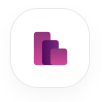









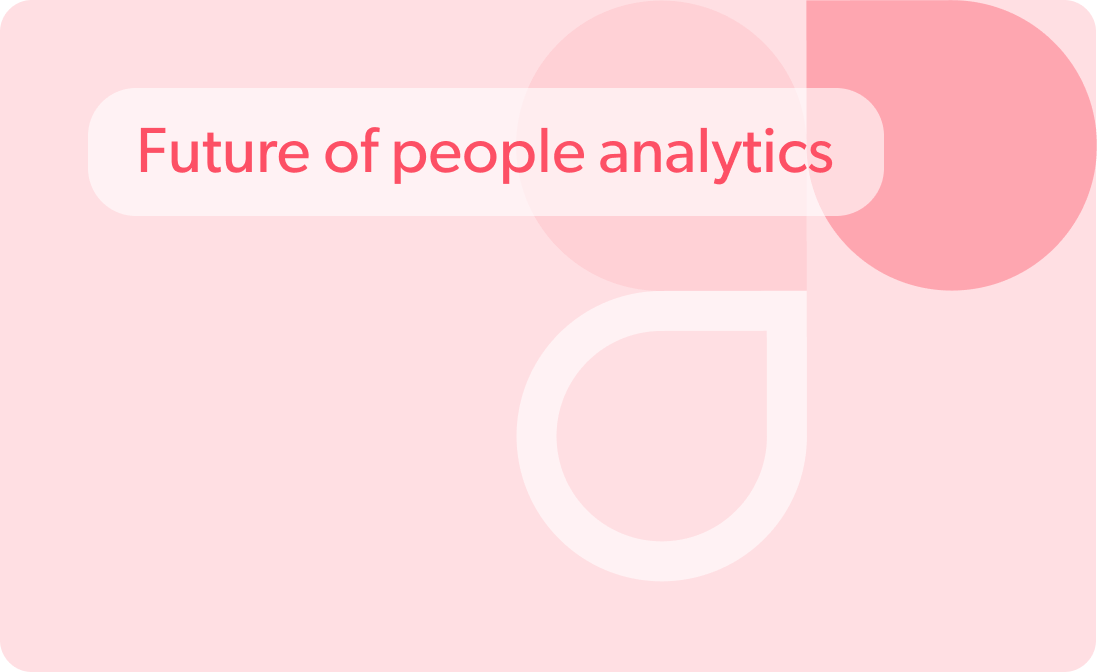

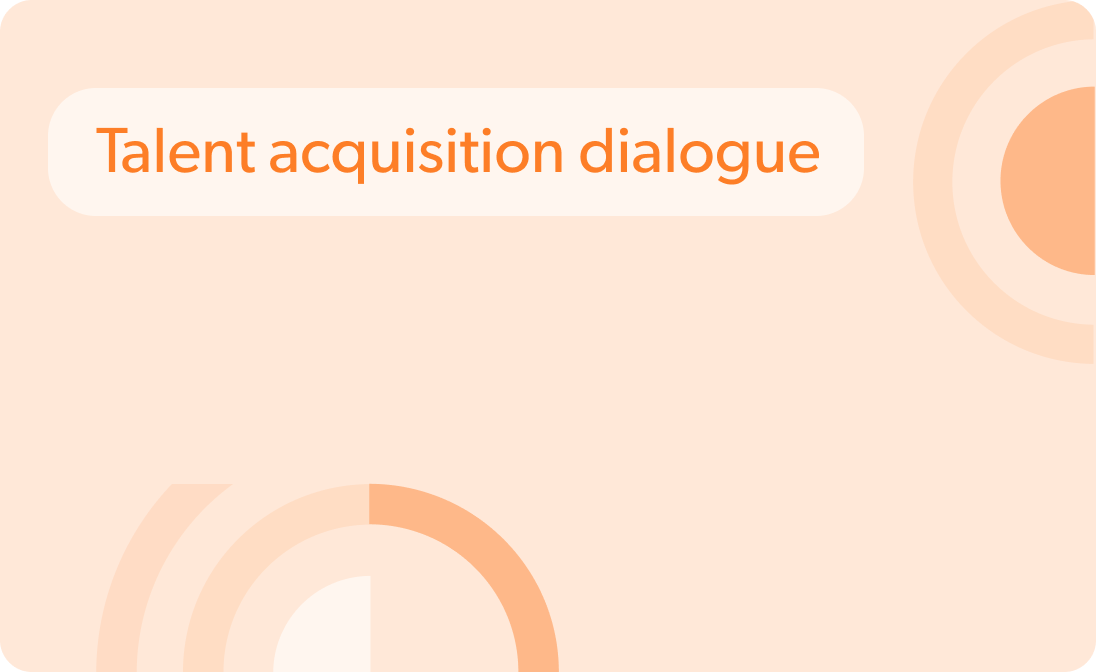




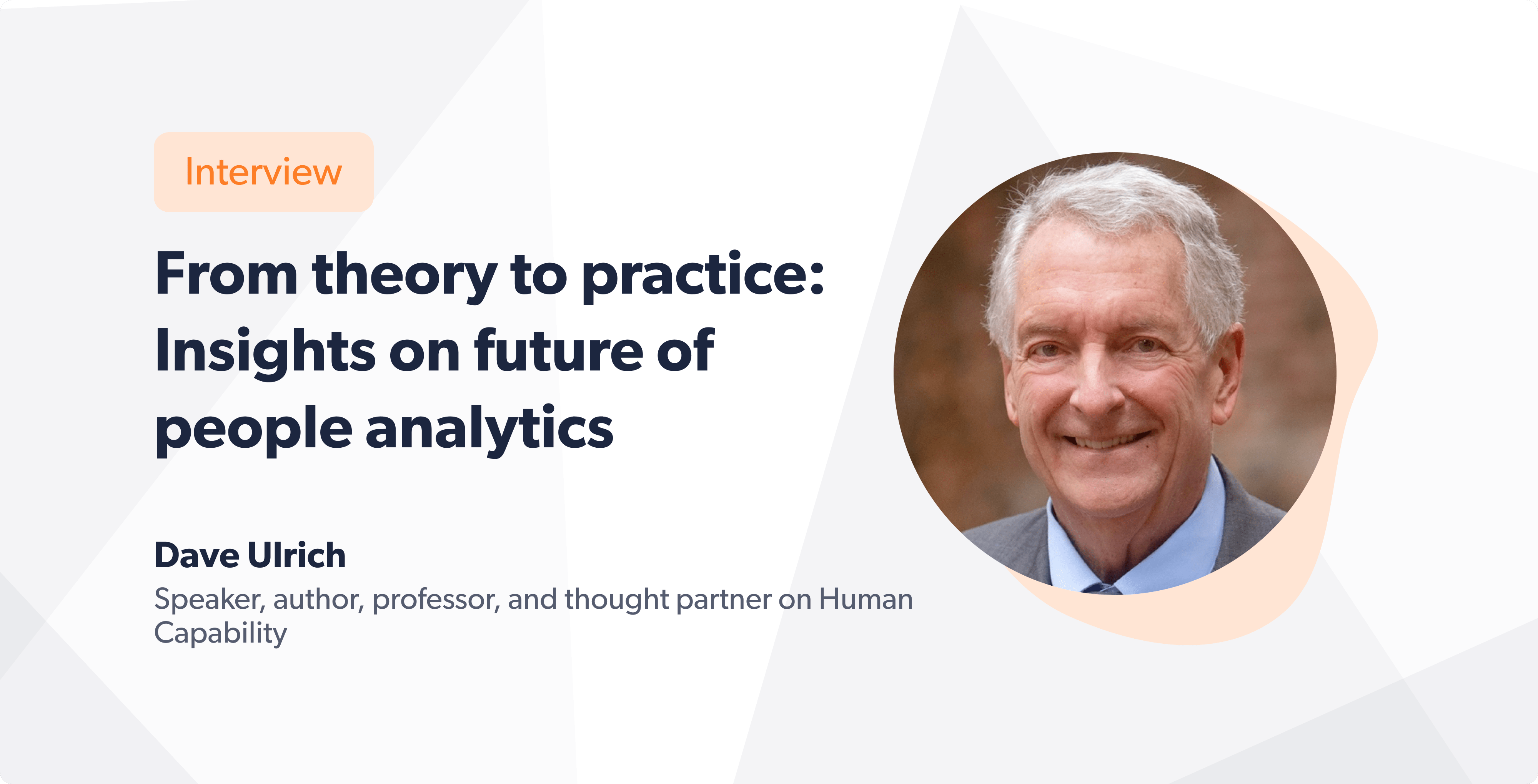

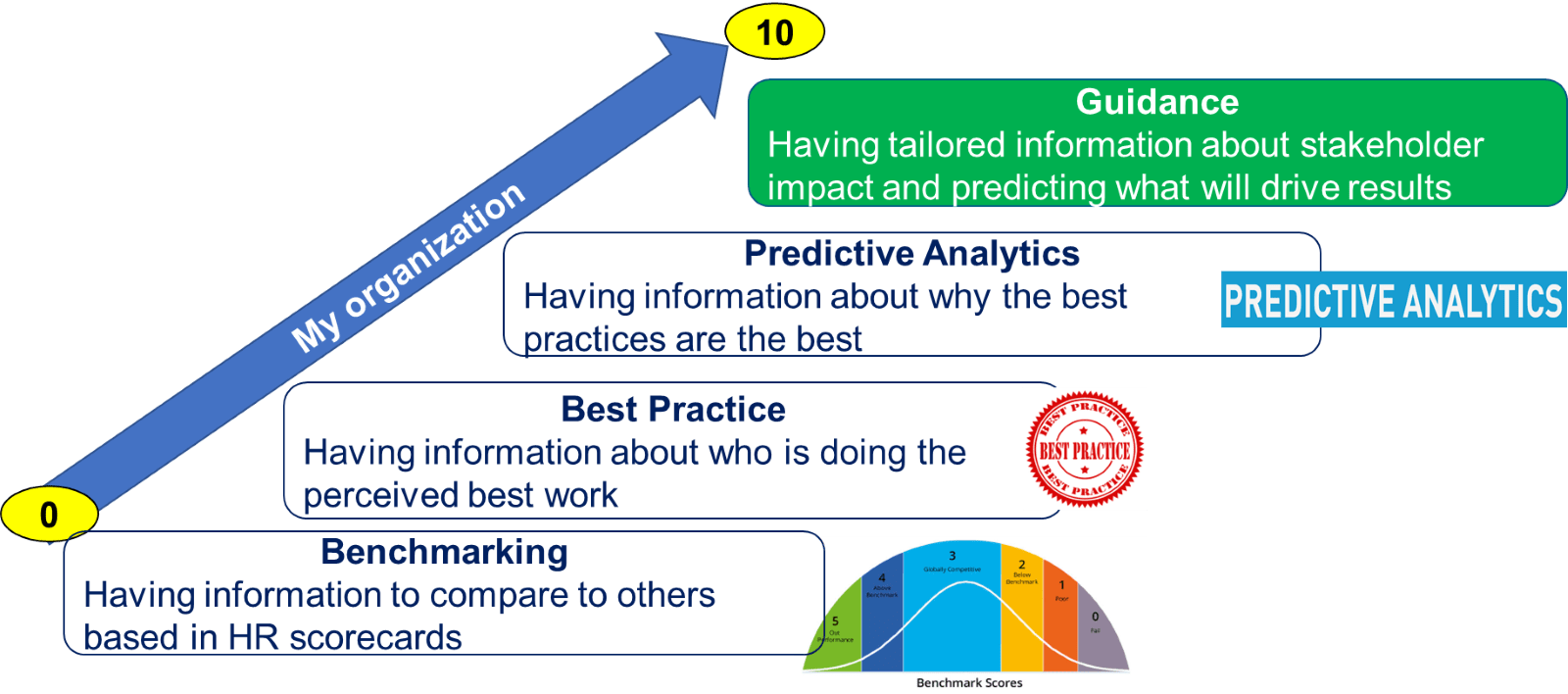
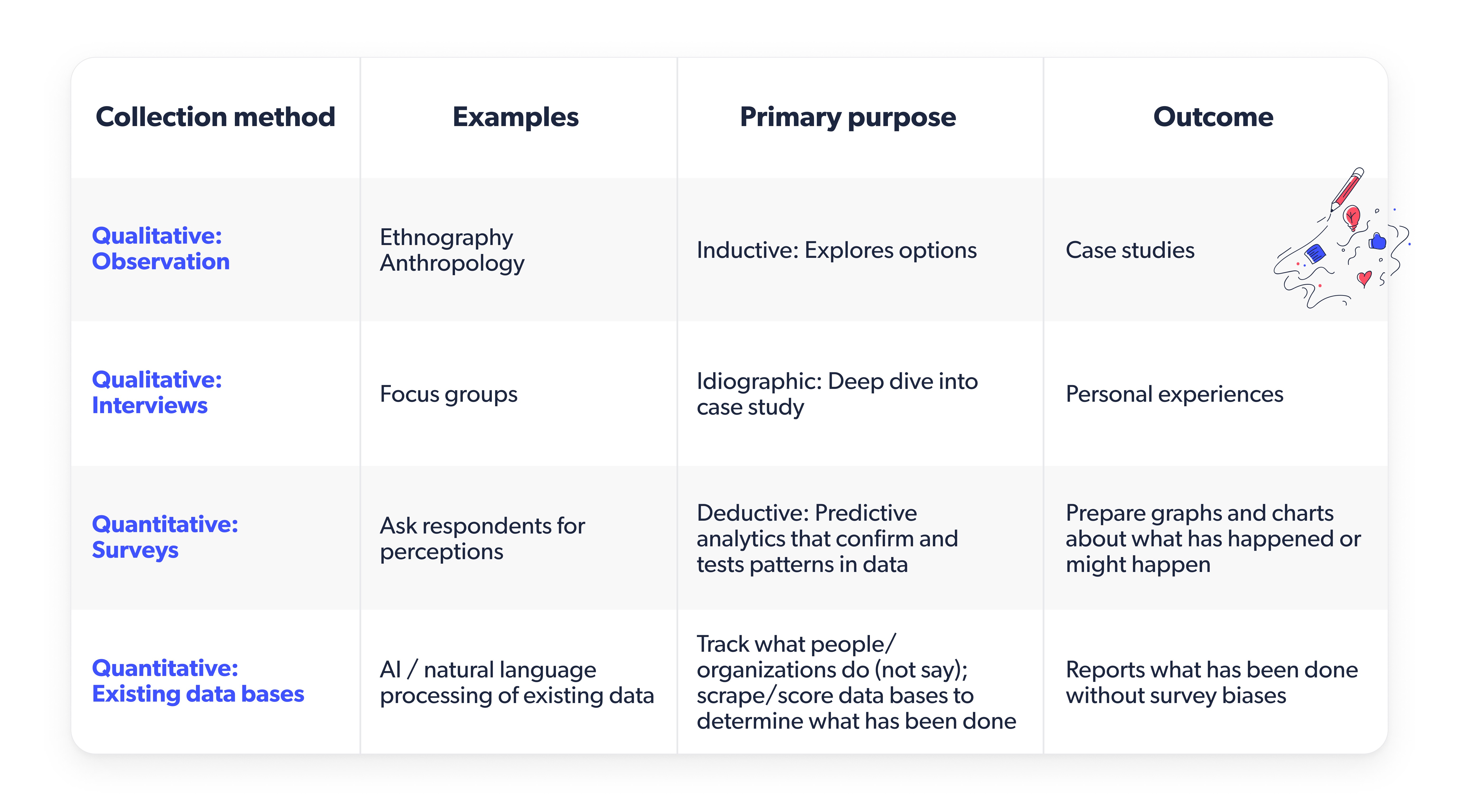
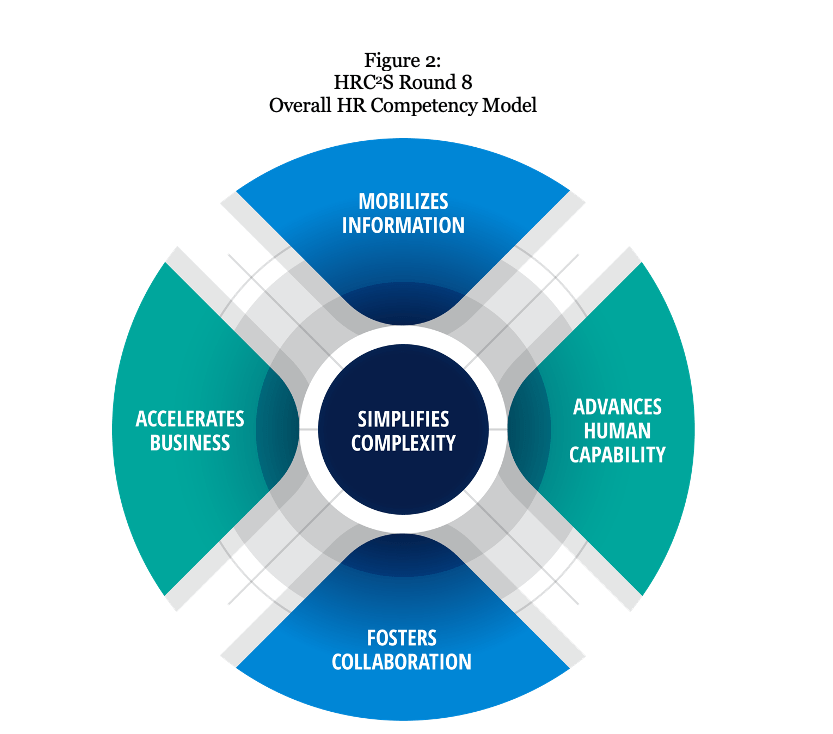
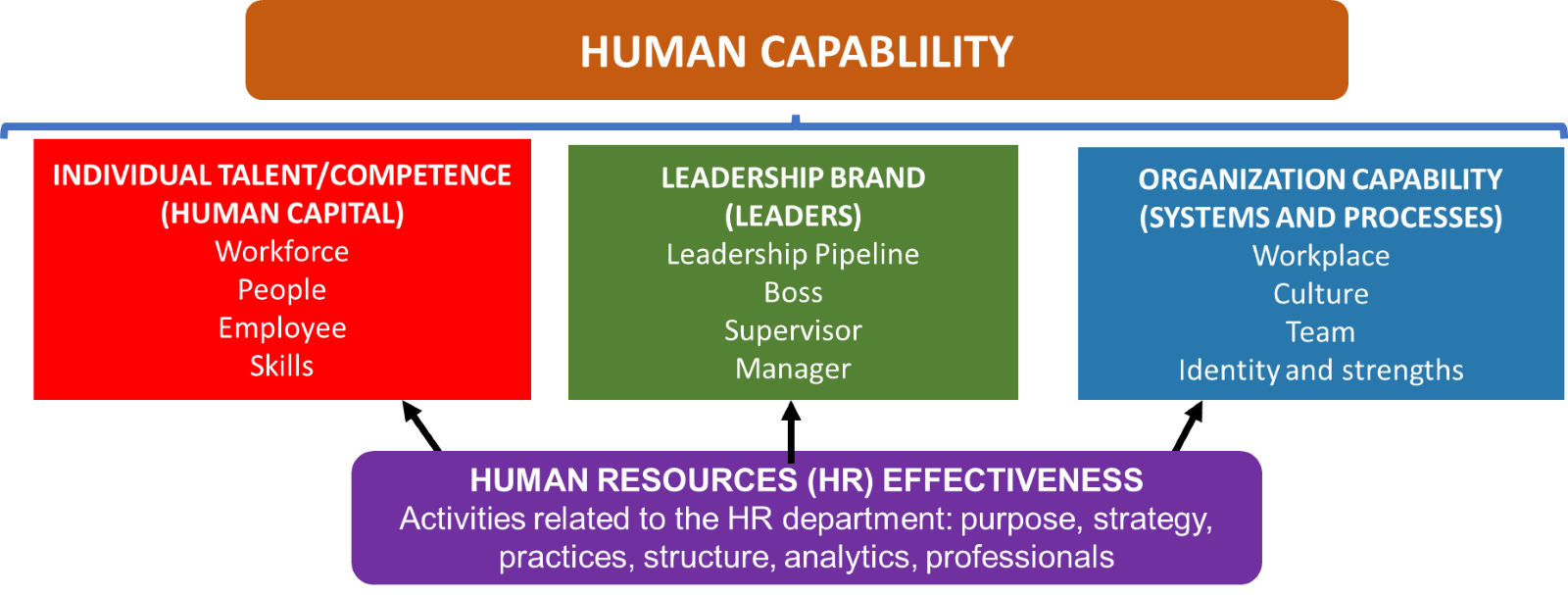
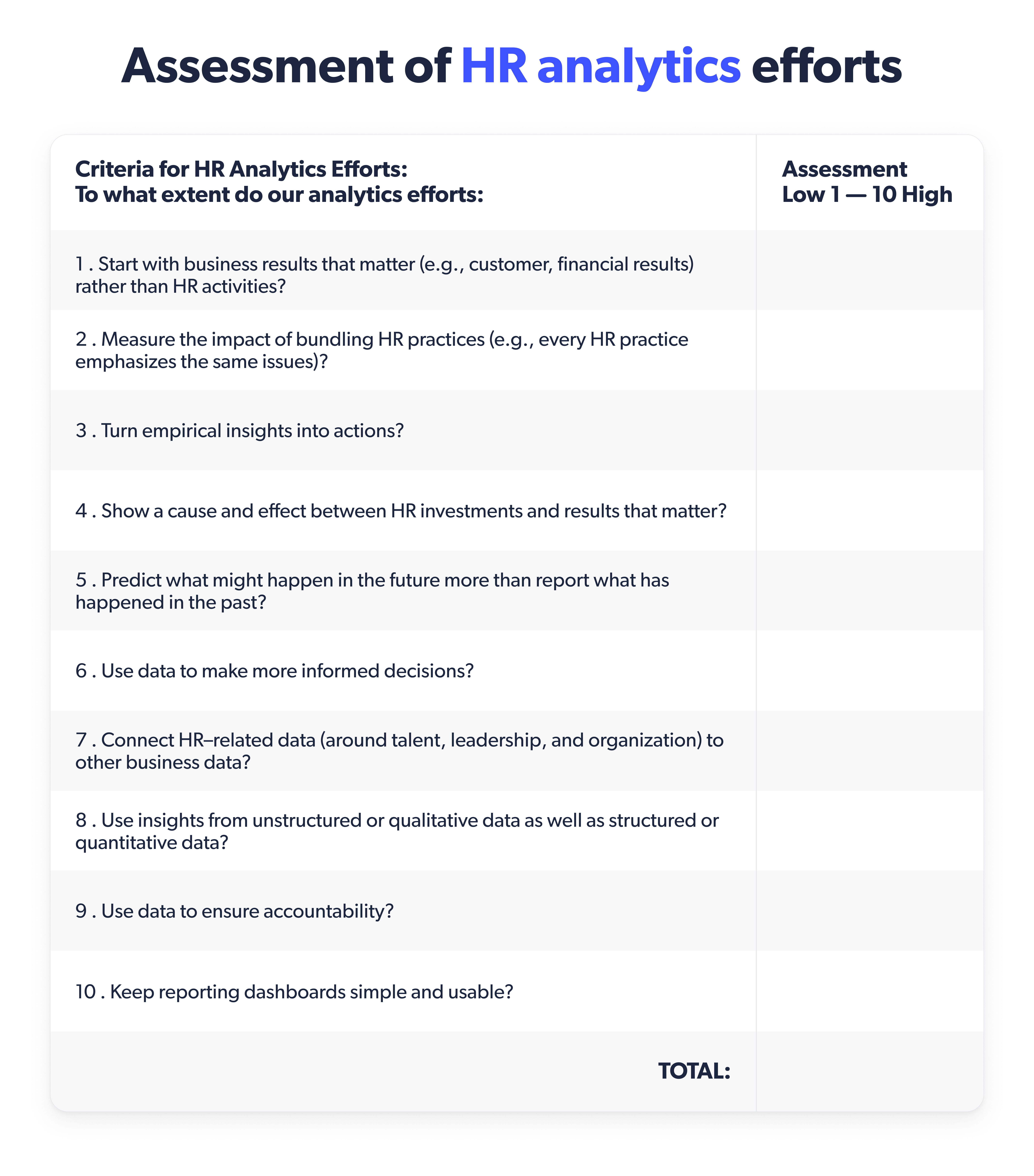




 info@hrforecast.de
info@hrforecast.de
 +49 89 215384810
+49 89 215384810






